Pesto Sauce
This post may contain affiliate links. Read my full disclosure policy.
Homemade pesto sauce is easy to whip up and delicious on just about everything—from pastas and pizzas to salads and sandwiches.

One of my favorite things about summer cooking is stepping out my back door to pick fresh herbs from my potted herb garden. It always amazes me how the tiny seedlings I plant in May grow into more herbs than I can possibly use up by August. When the basil is overflowing, it’s pesto time! Pesto, or pesto alla Genovese, is a vibrant, garlicky green sauce from Genoa, Italy. While the traditional method uses a mortar and pestle, these days, a food processor makes it a breeze. This versatile sauce is fantastic on everything—from pastas and pizzas to salads, vegetable soup, and sandwiches. What’s even better? It freezes like a dream, so you can enjoy a taste of summer all year long!
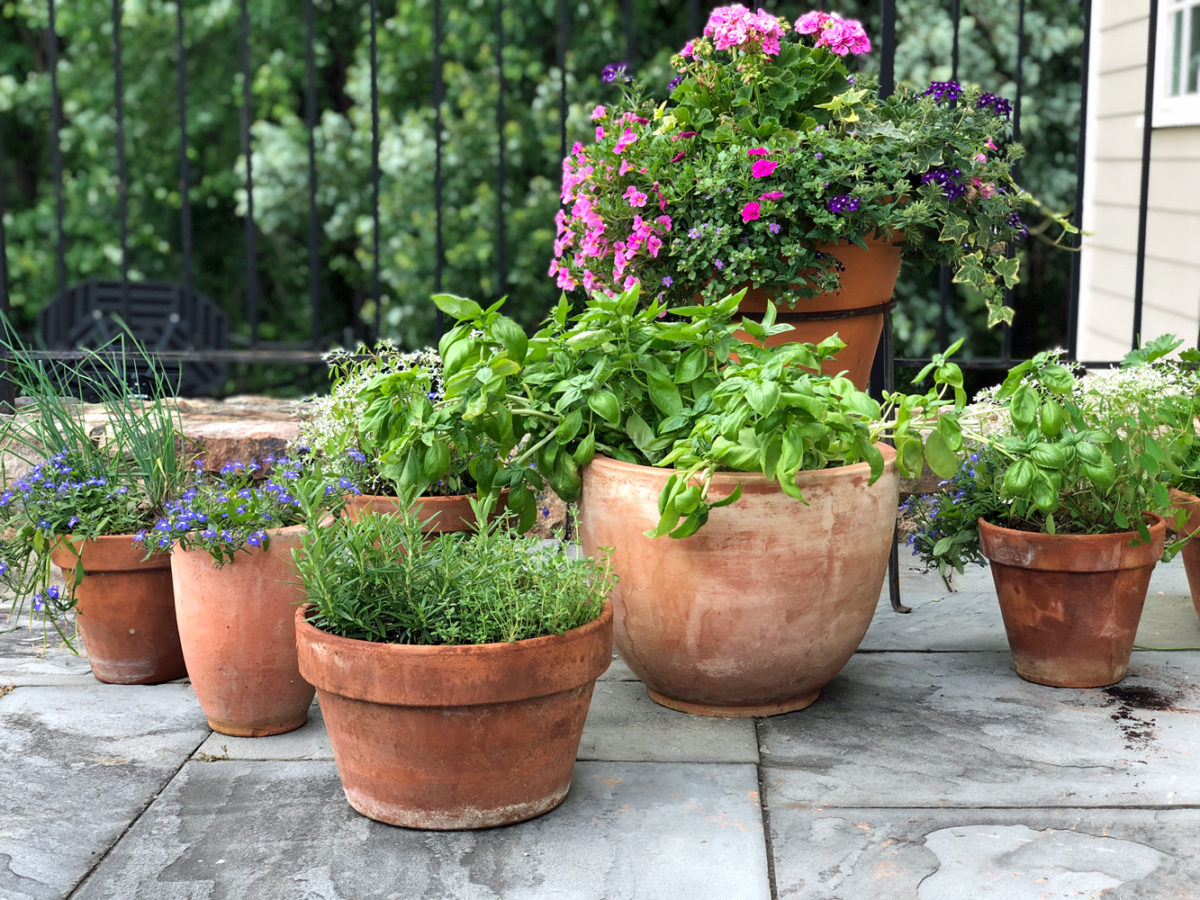
What You’ll Need To Make Pesto Sauce
Traditional pesto is made with garlic, nuts, salt, basil leaves, Parmigiano-Reggiano, and extra-virgin olive oil. It’s important to use top-quality ingredients, as the flavors really shine through.
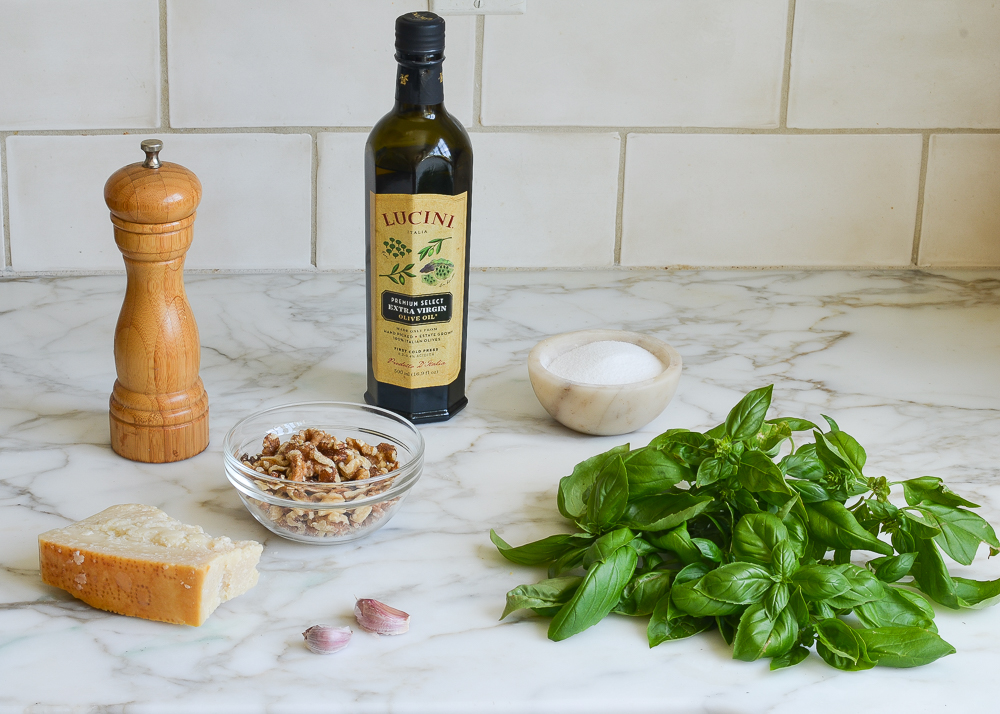
For the cheese, be sure to use authentic Parmigiano-Reggiano from Italy; domestic Parmesan is not the same thing. You can always tell if the cheese is authentic by looking at the rind, which is embossed with the name over and over. If the cheese is already grated, it should be labeled “Parmigiano-Reggiano,” not “Parmesan.”
For the nuts, I use walnuts instead of the more traditional pine nuts for a few reasons. First, I always seem to have walnuts in the house (pine nuts can be very pricey). Second, in recent years an increasing number of people, including me, have fallen prey to a bizarre problem with pine nuts called Pine Mouth Syndrome, a bitter, metallic taste in the mouth that develops a day or two after eating pine nuts. It can last for weeks and make eating or drinking anything very unpleasant. (You can use pecans or almonds, too.)
Step-by-Step Instructions
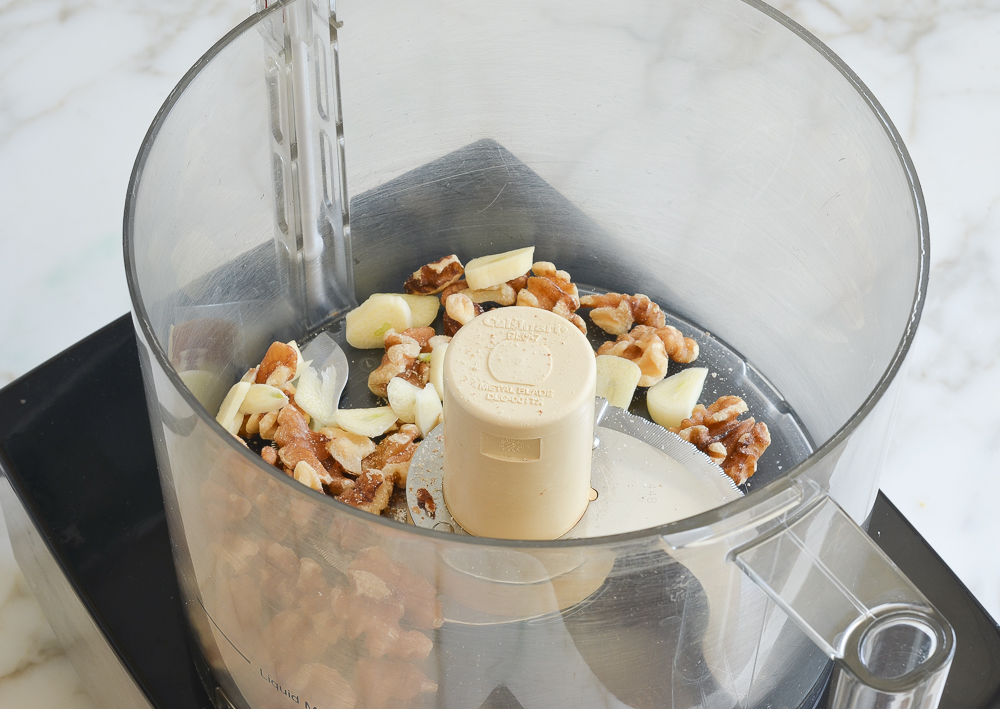
To begin, combine the walnuts and garlic in the bowl of a food processor and pulse until coarsely chopped.
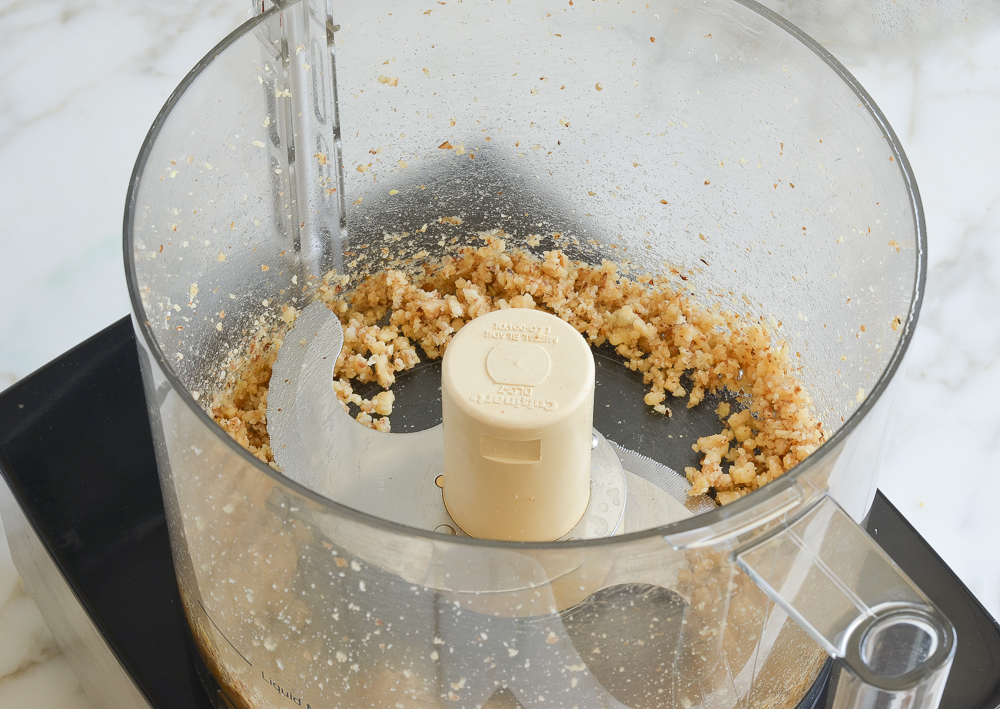
Add the basil leaves, salt, and pepper.
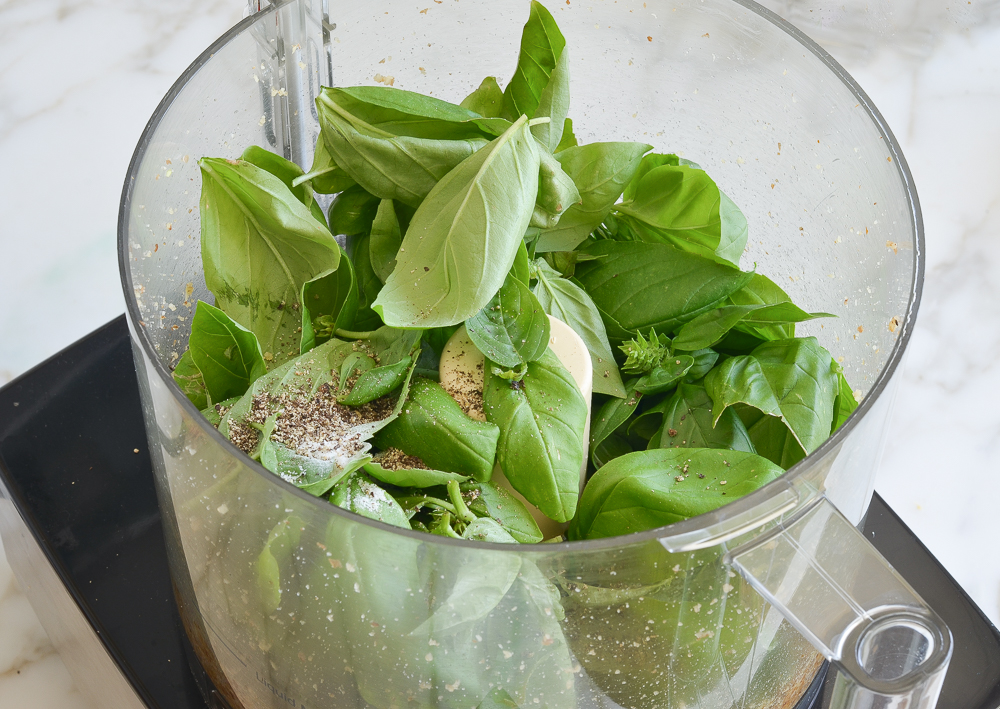
Process until finely chopped.
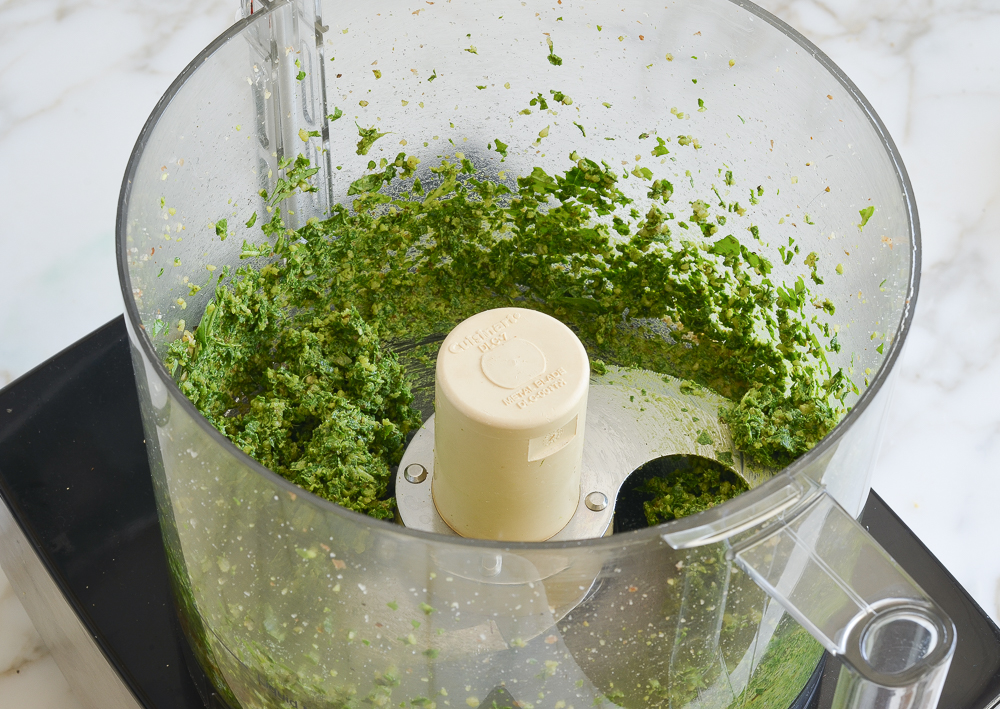
Then, with the food processor running, add the olive oil through the feed tube in a steady stream.
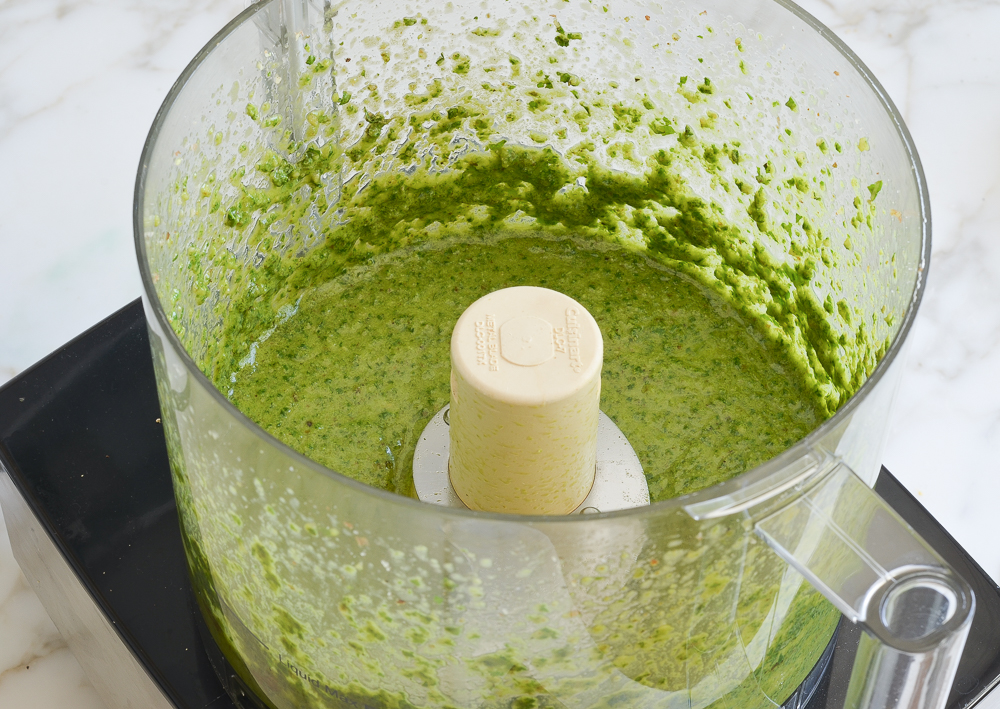
Add the Parmigiano-Reggiano.
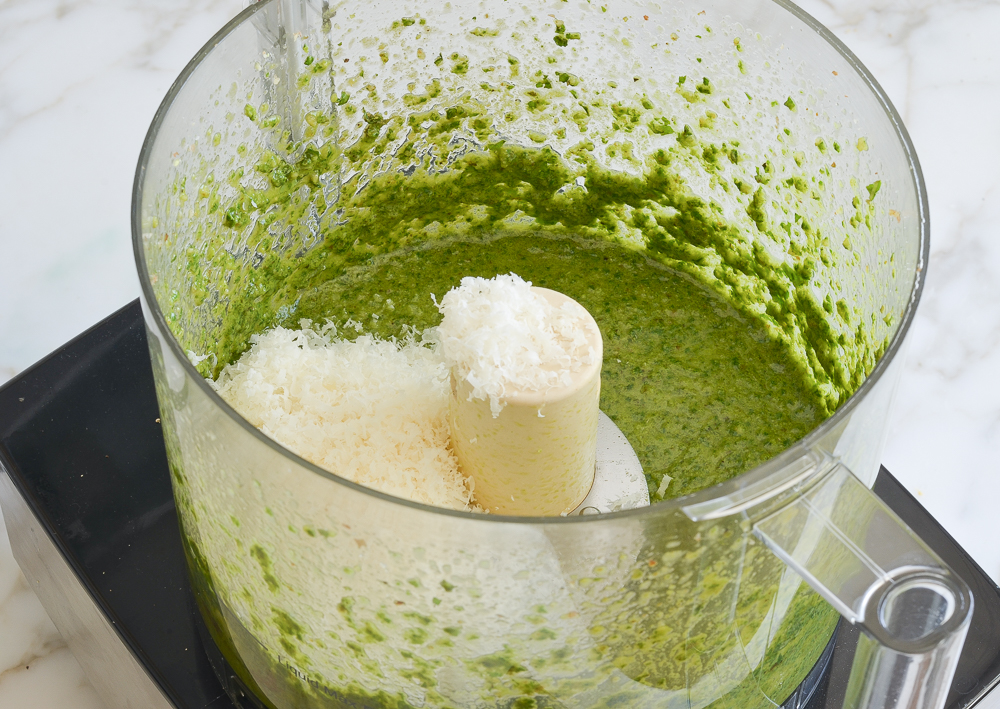
Process again until smooth, and that’s your pesto sauce.
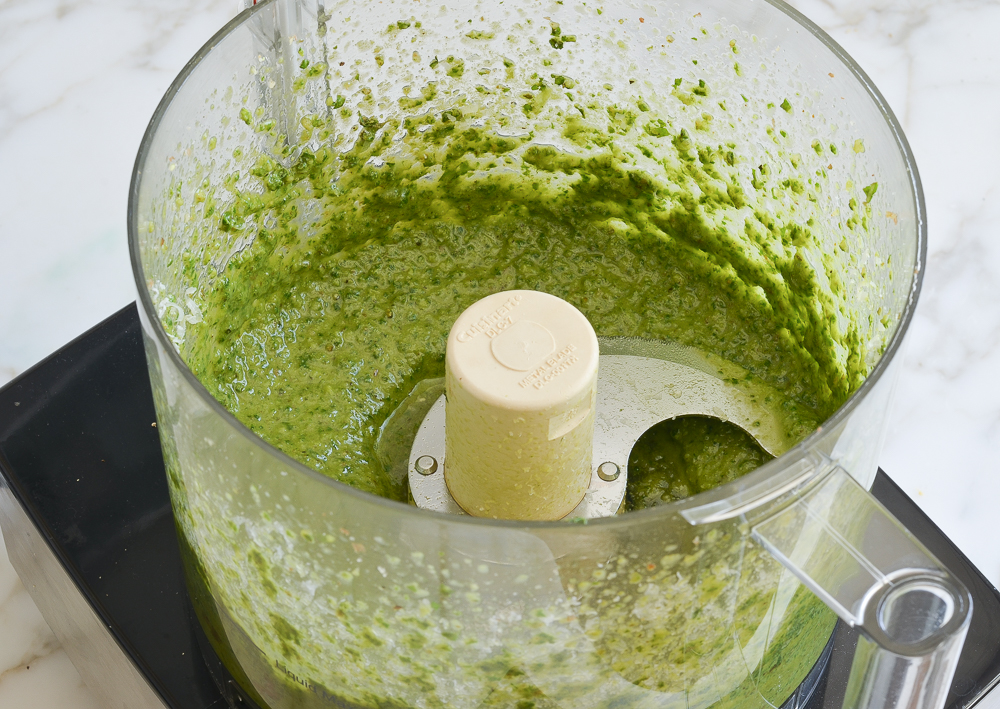
How To Store & Freeze Pesto
Use the pesto immediately or store it in a tightly sealed jar or air-tight plastic container, covered with a thin layer of olive oil (this seals out the air and prevents the sauce from oxidizing, which would turn it an ugly brown color). It will keep in the refrigerator for about a week.
Pesto can also be frozen in an airtight container for up to 6 months. I suggest dividing it into the compartments of an ice cube tray and freezing. Once frozen, remove the cubes from the tray and put in a sealable plastic bag or airtight container. You can add the defrosted cubes to vegetable soup, pasta salad with pesto, zucchini noodles, pesto pizza, eggs, sandwiches, and baked potatoes.

Video Tutorial
You May Also Like
The Best Basic Pesto
Homemade pesto sauce is easy to whip up and delicious on just about everything—from pastas and pizzas to salads and sandwiches.
Ingredients
- ⅓ cup walnuts
- 2 large garlic cloves, roughly chopped
- 2 cups packed fresh basil leaves
- ½ teaspoon salt
- ¼ teaspoon ground black pepper
- ⅔ cup extra virgin olive oil
- ½ cup grated Parmigiano-Reggiano
Instructions
- Place the walnuts and garlic in the bowl of a food processor fitted with a steel blade. Process until coarsely chopped, about 10 seconds. Add the basil leaves, salt, and pepper and process until mixture resembles a paste, about 1 minute. With the processor running, slowly pour the olive oil through the feed tube and process until the pesto is thoroughly blended. Add the Parmesan and process a minute more. Use pesto immediately or store in a tightly sealed jar or air-tight plastic container, covered with a thin layer of olive oil (this seals out the air and prevents the pesto from oxidizing, which would turn it an ugly brown color). It will keep in the refrigerator for about a week.
- Freezer-Friendly Instructions: Pesto can be frozen in an airtight container for up to 6 months. You can also divide your prepared pesto into the compartments of an ice cube tray and freeze. Once it’s frozen, remove the pesto cubes from the tray and put in a sealable plastic bag or airtight container. You can add the defrosted pesto cubes to soups, pasta dishes, eggs, sandwiches, and potatoes.
Nutrition Information
Powered by ![]()
- Serving size: 2 Tbsp.
- Calories: 159
- Fat: 17 g
- Saturated fat: 3 g
- Carbohydrates: 1 g
- Sugar: 0 g
- Fiber: 0 g
- Protein: 3 g
- Sodium: 161 mg
- Cholesterol: 4 mg
This website is written and produced for informational purposes only. I am not a certified nutritionist and the nutritional data on this site has not been evaluated or approved by a nutritionist or the Food and Drug Administration. Nutritional information is offered as a courtesy and should not be construed as a guarantee. The data is calculated through an online nutritional calculator, Edamam.com. Although I do my best to provide accurate nutritional information, these figures should be considered estimates only. Varying factors such as product types or brands purchased, natural fluctuations in fresh produce, and the way ingredients are processed change the effective nutritional information in any given recipe. Furthermore, different online calculators provide different results depending on their own nutrition fact sources and algorithms. To obtain the most accurate nutritional information in a given recipe, you should calculate the nutritional information with the actual ingredients used in your recipe, using your preferred nutrition calculator.
Gluten-Free Adaptable Note
To the best of my knowledge, all of the ingredients used in this recipe are gluten-free or widely available in gluten-free versions. There is hidden gluten in many foods; if you're following a gluten-free diet or cooking for someone with gluten allergies, always read the labels of your ingredients to verify that they are gluten-free.

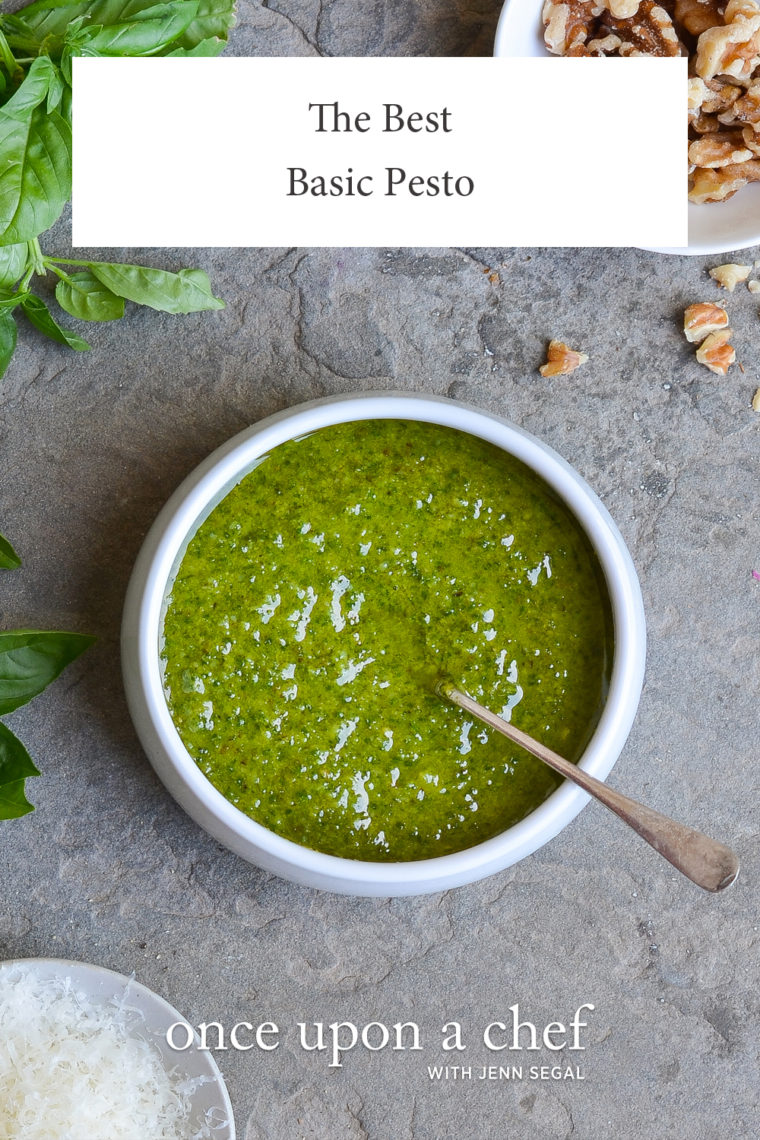
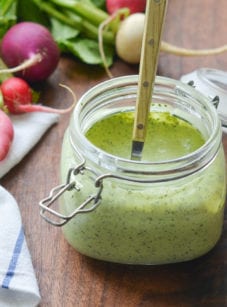
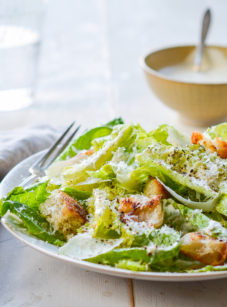

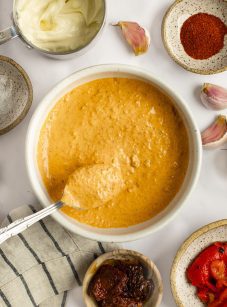
Love it! I wanted to use up the garlic scapes we got from our CSA, so subbed them for the garlic cloves. Worked great
A wonderful recipe, one I’ve made numerous times. I scale it depending on how much basil I have. I back off a bit on the olive oil (1/2 cup rather than 2:3) because I freeze mine in 4 ounce jars, which means adding a very thin layer of EVOO to the top to keep it from turning brown. It freezes beautifully.
Hi Jenn, I don’t have a food processer–can I use a blender instead?
I gave the recipe 5 stars even though I haven’t made it because it sounds delicious!
Glad you like the look of it! If you hav have a very powerful blender, I think it would work.
Hi, Jenn! I lived in Central America for 20 years and we didn’t have access to most nuts but an abundance of cashews. If you think about it, cashews have a creaminess similar to pine nuts. I thought they worked well (best toasted).
Alice Waters (of Chez Panisse fame) published a cookbook recipe from a time when she was also south of the border and found mint to be a more accessible herb than basil so she used that in her pesto. My daughter tried it and it was interesting, but not the expected classic flavor!
Love your work!
Simply, my favorite pesto recipe. I make it throughout the summer and freeze many
containers to feast on throughout the late fall and winter. The pesto tastes fabulous with any type of pasta and as a chicken or salmon topper. Many thanks to our chef, Jen!
Just finished making this a few minutes ago. The basil in my garden is coming in gangbusters so I had to do something. I found your recipe because I have plenty of walnuts on hand. I had to leave out the garlic as my wife hates that flavor. My other change: I added a teaspoon of lemon juice at the end to brighten the flavor a little. This recipe is a keeper and works with a mini food processor. Thanks for posting it.
Thank you so much for your comment Abe! I only own a mini food processor and I was wondering if it would work for this recipe – question answered.
I’ve made your pesto many times, and it’s always a winner! I was wondering how many pounds of pasta this recipe might use? I’m planning to make a caprese style pasta salad for a potluck.
Thanks, as always!
So glad you like it! I’d estimate this would be appropriate for about 1 1/2 pounds of pasta (but it depends upon how “pesto-y” you want it).
I was picking out a bunch of basil at our local Stew Leonard’s and was asked by another shopper what I was making. I told her I was making your pesto and gave her your website info- so just another convert to OUAC and the great recipes that make every day meals so special.
This recipe makes an abundant amount of pesto and I have to stop myself from eating spoonfuls. I make it regularly and it always tastes so fresh and it’s so easy to make that I can’t buy jarred pesto any more.
I made your pesto for a get together with friends. They both loved it so much they ask for it as a birthday gift!
This has been my go-to recipe your a few years.